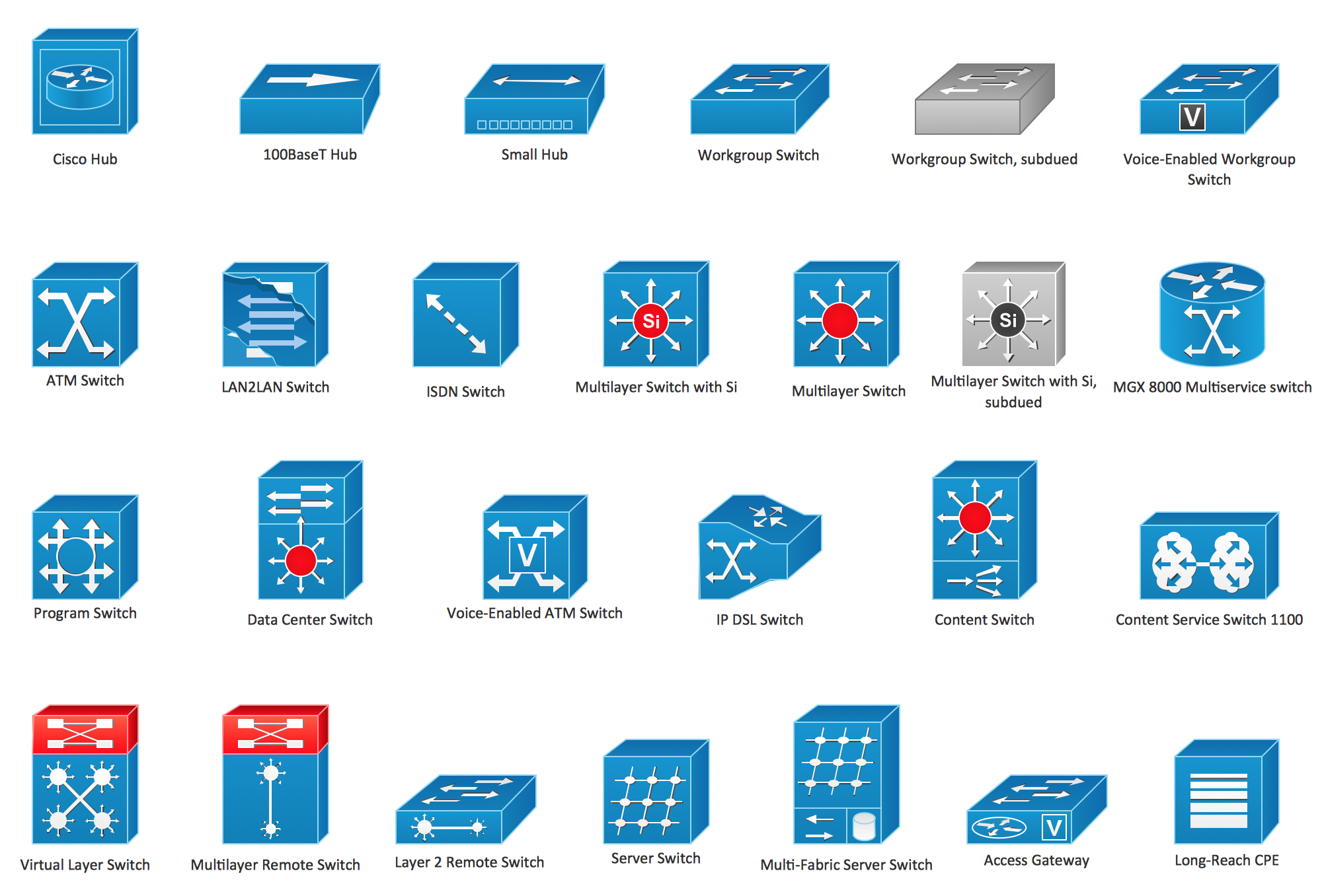
Network Hierarchy (1.1.2.1)Įarly networks were deployed in a flat topology as shown in Figure 1-2.Ī hierarchical network design involves dividing the network into discrete layers. This topic discusses the three functional layers of the hierarchical network model: the access, distribution, and core layers. To meet these fundamental design goals, a network must be built on a hierarchical network architecture that allows for both flexibility and growth.
Backbone network switches for sale upgrade#
Flexibility: The ability to modify portions of the network, add new services, or increase capacity without going through a major forklift upgrade (i.e., replacing major hardware devices).
Backbone network switches for sale software#
Abnormal conditions include hardware or software failures, extreme traffic loads, unusual traffic patterns, denial-of-service (DoS) events, whether intentional or unintentional, and other unplanned events. Normal conditions include normal or expected traffic flows and traffic patterns, as well as scheduled events such as maintenance windows.

Network designs vary depending on the size and requirements of the organizations. Large network: Provides services for 1,000+ devices.Medium-size network: Provides services for 200 to 1,000 devices.Small network: Provides services for up to 200 devices.When discussing network design, it is useful to categorize networks based on the number of devices serviced: Enterprise Network Campus Design (1.1.1)Īn understanding of network scale and knowledge of good structured engineering principles is recommended when discussing network campus design. In this section, you will learn about the access, distribution, and core layers and their role in the hierarchical network model. The Cisco hierarchical (three-layer) internetworking model is an industry wide adopted model for designing a reliable, scalable, and cost-efficient internetwork. Hierarchical Network Design Overview (1.1)


 0 kommentar(er)
0 kommentar(er)
